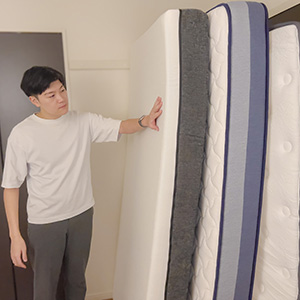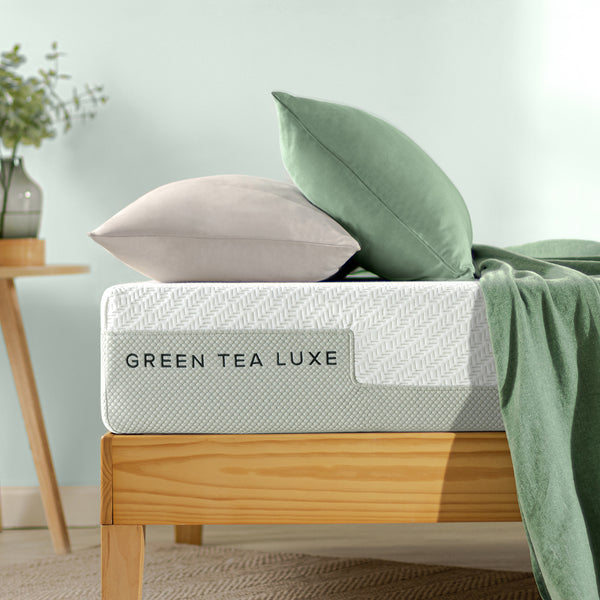If someone with back pain chooses the wrong mattress, there is a very high chance that their back pain will worsen.
but,
- "Which is better for lower back pain: high-resilience or low-resilience mattress?"
- How to choose the best mattress for lower back pain relief?
If you are worried about this, don't worry.
We have compiled the information necessary for people with back pain to choose a mattress, so you can choose the mattress that is best for you.
On this page, we will introduce the differences between low-resilience and high-resilience mattresses, their advantages and disadvantages, which one is more suitable for people with lower back pain, and how to choose the best mattress for those with lower back pain.
If you are thinking, "I want to choose a mattress that will have at least some positive effect on my current back pain," then please read to the end.
[Author introduction]














